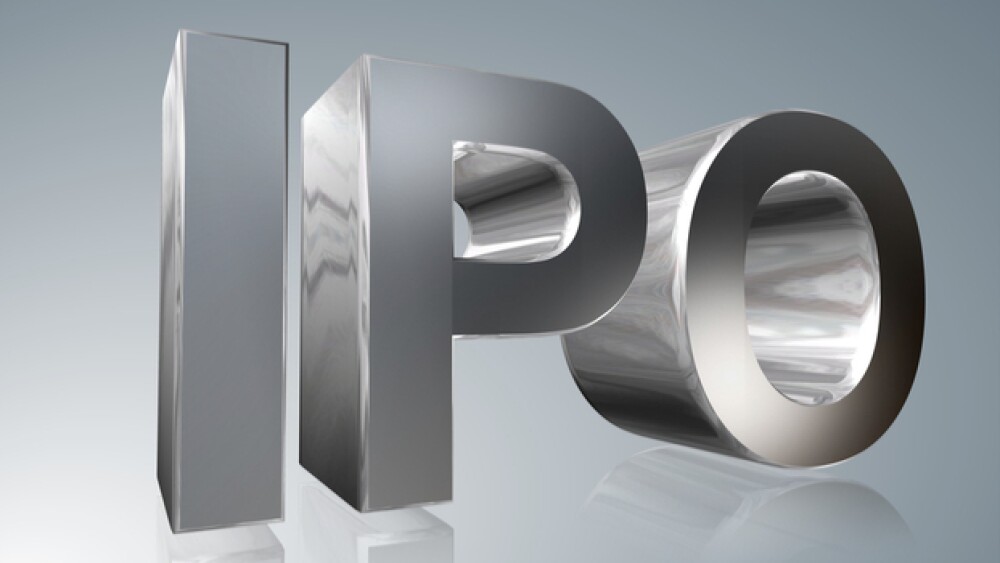Moderna Therapeutics raised some eyebrows last week when it refiled with the Securities and Exchange Commission (SEC), raising its goal for its initial public offering from $500 million to $600 million. The company, which has no products on the market, is fantastic at raising money, but some analysts wonder if the company is overvalued.
Moderna Therapeutics raised some eyebrows last week when it refiled with the Securities and Exchange Commission (SEC), raising its goal for its initial public offering from $500 million to $600 million. The company, which has no products on the market, is fantastic at raising money, but some analysts wonder if the company is overvalued.
And now, some are wondering if the $600 million IPO bar is less a question of the company’s potential value than it is just a trend of high biotech IPO valuations.
Since its founding in 2010, Moderna has raised more than $2.6 billion in equity financing. As of September 30, it had cash, cash equivalents, and investments of $1.2 billion.
The company focuses on messenger RNA (mRNA) therapeutics. mRNA’s role is to transport genetic information from DNA to the ribosome, offering up the amino acid sequence of the eventual proteins the DNA is coding for. Moderna’s tech platform is designed to engineer mRNA to deliver whatever protein codes they want the cells to produce, in effect, turning the cells themselves into vaccine or drug-manufacturing factories.
Moderna has a development pipeline of 21 programs. Ten are in the clinic and another three have open Investigational New Drug (INDs) submissions. Nine of those in the clinic are in Phase I and one is in Phase II, according to a July corporate update.
There’s certainly ambition and that’s met by plenty of investor optimism.
But the Boston Business Journal notes that the last several years has been marked by increasingly high IPO valuations in the biotech sector, suggesting that Moderna’s $600 million raise might have more to do with an overall upward trend than it is the company’s particular promise. Still, $600 million would be a record-breaker. According to market intelligence company Ipreo, since 2001, the average biotech IPO is right around $100 million.
For example, Adaptimmune, in 2015, raised $191 million in its IPO. In the same year, Culver City, California-based NantKwest raised $207 million in its IPO.
In 2016, Myovant Sciences raised $218 million and Lexicon Pharmaceuticals raised $220 million.
This year was marked by a Rubius Therapeutics’ IPO in July, which brought in $241 million at an initial valuation of over $2 billion. Rubius focuses on genetically engineered long-circulating Red-Cell Therapeutics (RCT) products. They are genetically engineered, enucleated red blood cells that have broad therapeutic applications for cancer, enzyme replacement therapy, and autoimmune diseases.
But investment dollars haven’t been just booming in IPOs, but in seed and equity investment as well.
Earlier this year, Crunchbase News wrote, “More dollars also are flowing from venture firms that invest in a mix of tech and life sciences through a single fund. That list includes well-established VCs with dry powder to invest, including Polaris Partners, Founders Fund, Kleiner Perkins, and Sequoia Capital.”
Pitchbook analyzed deals for the first six months of the year and arrived the number of $15 billion from venture capital firms for healthcare startups. They also noted at the time that although the number of companies starting in the first half of 2018 was lower than in the same period in 2017, the investments were larger this year.
Forbes, for example, wrote, “Despite the excitement over digital health startups and the continuing worries about drug pricing, biotechnology companies dominated June fundraisings. Humacyte raised $150 million at a $789 million post-value thanks to an investment by Fresenius, which will commercialize the company’s blood vessel implant, and Kaleido Biosciences raised $101 million at a $576 million post-value in a round in which Invus Group, Rock Springs Capital, Flagship Pioneering, Fidelity Management & Research, and Alexandria Real Estate Equities all participated.”
So does that mean Moderna is actually over-valued and the $600 million goal overly optimistic? Probably not. Investors clearly love the company, the technology is intriguing and promising, they have a large mid-stage pipeline and various large grants from the Bill & Melinda Gates Foundation, the Biomedical Advanced Research and Development Authority (BARDA), and the Defense Advanced Research Projects Agency (DARPA).
But is an overall hot investment trend helping? Probably.





